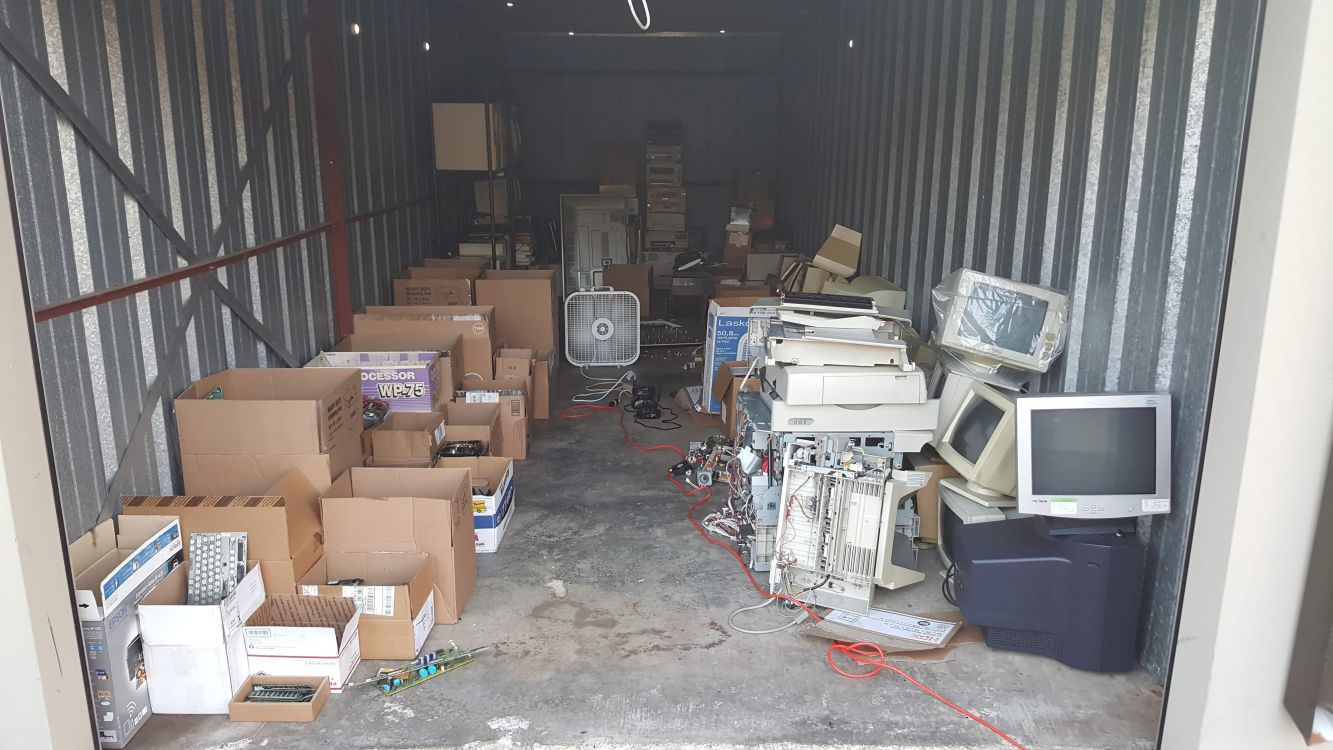This Issue Will Only Become Worse Over Time
Electronics waste is a growing problem, and it’s only going to get worse in the coming years. According to the United Nations University, the amount of electronic waste generated globally is expected to reach 74.7 million metric tons by 2030. That’s up from 57.4 million metric tons in 2021.
There are a number of reasons for the increase in electronics waste. One reason is that people are simply using more electronics. We have more smartphones, laptops, tablets, and other devices than ever before. And as we replace our old electronics with newer models, the amount of waste we produce increases.
Another reason for the increase in electronics waste is that electronics are becoming more disposable. In the past, people would repair their electronics when they broke. But today, it’s often cheaper to simply buy a new one. This is especially true for smartphones and other devices that are constantly being updated with new features.
The growing problem of electronics waste has a number of negative environmental and economic impacts. Electronic waste is a major source of toxic pollution. When electronics are thrown away, they release harmful chemicals into the environment. These chemicals can contaminate soil and water, and they can also harm human health.
Electronic waste is also a major waste of resources. When we throw away electronics, we’re throwing away valuable materials like gold, silver, and copper. These materials could be recycled and used to create new products.
The growing problem of electronics waste is a serious issue. We need to take steps to reduce the amount of electronics waste we produce. We can do this by repairing our electronics when they break, recycling them when they’re no longer usable, and buying electronics that are designed to be recycled.
How Can You Reduce Electronics Waste?
There are a number of things you can do to reduce electronics waste:
- Repair your electronics when they break. Instead of throwing away a broken smartphone or laptop, take it to a repair shop and see if it can be fixed.
- Recycle your electronics. When your electronics are no longer usable, recycle them instead of throwing them away. There are a number of places where you can recycle electronics, including your local electronics store or recycling center.
- Buy electronics that are designed to be recycled. When you’re buying new electronics, look for products that are designed to be recycled. These products will often have a recycling symbol on them.
Reducing electronics waste is important for the environment and for the economy. By taking steps to reduce the amount of electronics waste we produce, we can help to protect our planet and save money.

